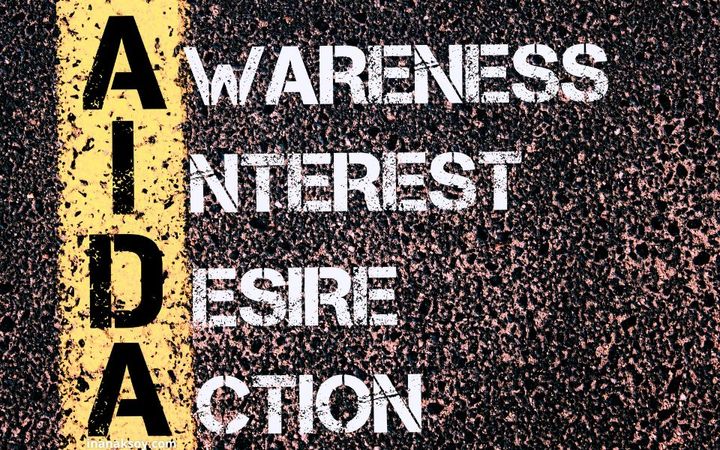Branching out your content for growth

Content is not a ''should I?'' but rather a ''how do I?''
Structuring your content is not only important but also quite crucial if you want your content to actually help your business grow.
Add to that, unless you are a superstar who knows how to communicate properly, average humans out there struggle explaining what they have in their heads.
Have you ever found yourself in a situation where you knew the exact answer but just because you did not start it well at the beginning, the person who you were talking to was completely lost?
So yes, content requires careful attention and planned approach. I've worked on a content framework that tailors the distribution of content which helps explain what you offer, what your solution is and hooks up your audience.
In this post I will share how I structure content and deliver growth. I call this framework ''branching out''.
What is branching out your content?
In simple terms, if you have a solution and want to distribute that to your potential customers, your content will be structured like a tree. There is a trunk, then large branches which expands into smaller branches to create more surface and hooks.
Now, how do you do that?
Your solution is the trunk of your tree. Next, the big branches will be your main top 5 or top 10 categories where your solution can logically be divided into. This purely depends on how you approach your sales funnel. You could niche down from the beginning or hit it hard and in full by completely covering your topic.
Let's look at some scenarios and put that into practice.
Solution: Weight Loss
Top 3 branches:
- Diets for weight loss
- Exercises for weight loss
- Lifestyle changes for weight loss
Then within these three branches you will branch out even more
Diets
- Vegetarian diets for weight loss
- Vegan diets for weight loss
- Omnivore diets for weight loss
Then even more branching out within each category.
How do I know what sort of content would work?
This is a super hot topic and I must admit it's often a big question mark. However, I love a little cheat. I would straight away ask myself, what's the product/service I am marketing? IE: What's my solution? What problem am I solving?
Content has to connect well with that. Especially the very first division (ie: the large branches I mentioned before).
Content is playing many roles for growth. Other than driving traffic and all that one main purpose of content is being an enablement tool. It solves the puzzles in your customer's head to help them reach the solution you promise. So, for instance, if you are offering them a weight loss plan, you are also going to be solving the mental challenge they will face while your exercise product delivers. You must not leave them baffled with more question marks but instead feel motivated. This requires approaching the solution from every angle you logically can.
Let's look at the framework of a content structure in line with the approach I shared above.
- List painpoints of your readers/customers
- Build your branching structure (Solution > Category > Sub-category)
- Emphasise with your reader
- Build a list of content headlines
- Do a content review to make sure it works
Let's expand that a little.
1. Pain points
There is a reason why you have a solution you are looking to market. The reason is that somebody out there has a pain point and you are trying to solve it. What is it? Nail it down. Let that be your guide.
2. Branching structure
This is not just your blog menu structure. The whole point of having a branching structure is to make sure you are planning it all out in a way to target the pain point from each and every angle to make sure you have an answer to your customer.
3. Emphasise with your reader
Ok this doesn't mean go and hug your readers although you technically could do that and have a chat about the issue. Emphasising means you will feel what they feel. You need to ask, listen, read, research and do what you can to feel their pain. Let that remain in your head and be your motivation to solve their puzzle.
4. List of content items
Each category and subcategory will lead to a series of posts. Each post addresses the pain point in a way that solves it or makes your readers life better. For instance, your product delivers a solution but there are 10 different reasons why your customer might not succeed using it. Address that and solve each piece of blockers to help them help you.
5. Content review
It's important to take a step back and have a look if what you've created covers everything you intended to. Also to make sure you are to the point and including your value proposition along with addressing customer painpoints. Making sure you are not selling it but showing how to overcome the issue is the key. We often forget that and go too much into sales. A review will help you optimise and achieve success.


